Which luxury SUV is the better bet – Audi’s Q7 or Volvo’s XC90?

Choosing large crossover SUV makes a lot of sense.
It combines the user-friendly nature of passenger cars with the utility of a minivan and much of the off-road prowess of a traditional SUV.
Yet for those people looking for a more refined crossover experience, the luxury brands have that covered.
Two of the best large high-end crossovers we’ve ever tested are the Audi Q7 and the Volvo XC90.
The Volvo arrived in 2015 just in time for the 2016 model year, while the Audi made its debut in 2016 as a 2017 model.
The Volvo XC90 was a revelation for us when we first tested the car in late 2015.
It was the first new model to arrive in showrooms following the acquisition of the Swedish carmaker by China’s Geely Group.
We loved the second generation XC90 so much that we gave it our 2015 Car of the Year award over some stiff competition such as the BMW 7-Series and the Lamborghini Huracan.
Amazingly, with the impending arrival of the new S60 saloon, the XC90 will soon become the oldest model in Volvo’s line-up.
And then there’s the Audi Q7. Business Insider’s review of the second generation Q7 referred to the Audi as the luxury SUV perfected.
In spite of the presence of the A8 luxury saloon, the Q7 is effectively Audi’s luxury halo product.
The original Q7 debuted back in 2007 and – regardless of the early criticism of its aesthetics – the big Audi eventually developed into a firm favourite.
Both crossovers are built on modular platforms and share their underpinnings with passengers cars. The Q7 is built on VW Group’s MLB Evo platform that’s shared with the Audi A4 saloon and Bentley Bentayga SUV.
The XC90 is built on Volvo’s SPA platform, which underpins the company’s entire passenger car line-up.
Here is a closer look at how the Audi Q7 3.0T Prestige and the Volvo XC90 T6 Inscription compare:
Volvo XC90
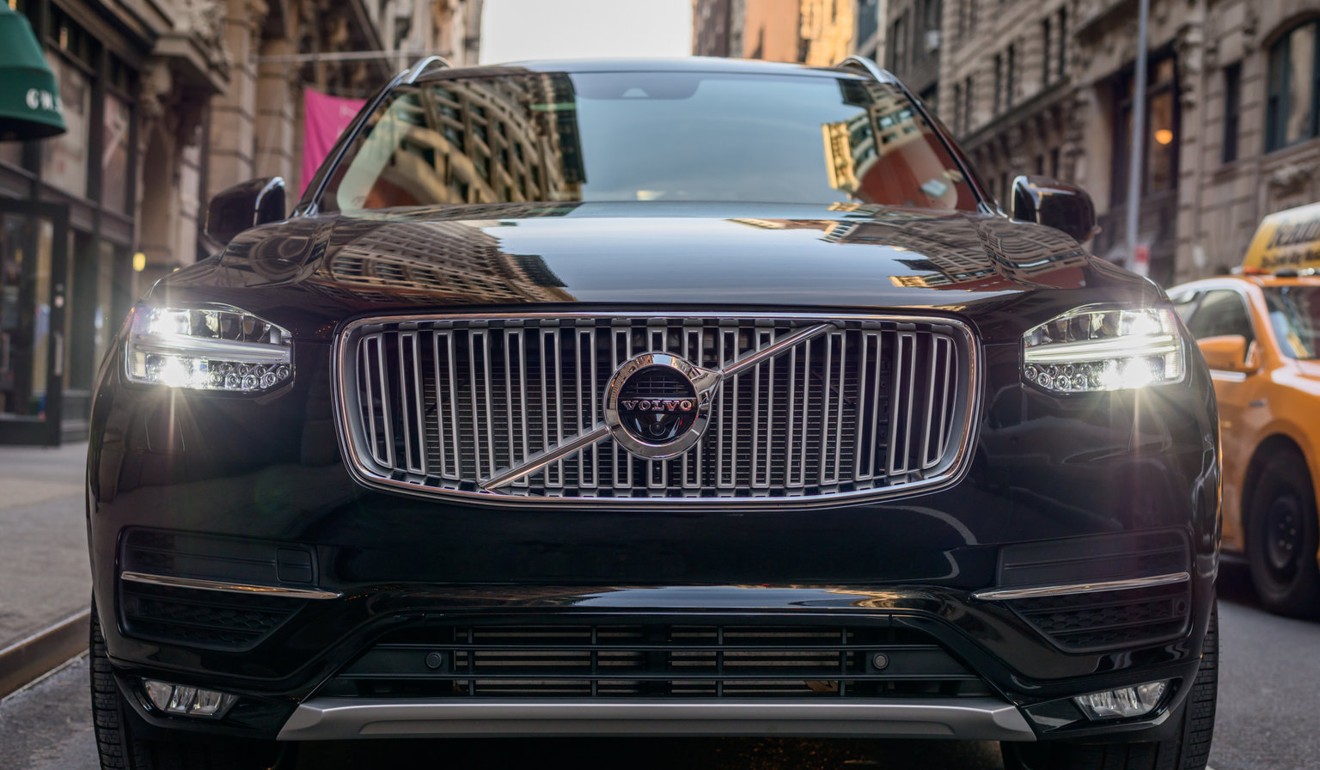
The price of the Volvo XC90 starts at US$46,900 for the basic, front-wheel-drive T5 Momentum model while our luxury specification T6 Inscription test car costs from US$59,450.
Volvo also offers the XC90 as a plug-in hybrid which cost from US$64,950.
Those people looking for a feel of driving a luxury limousine can opt for the Volvo XC90 Excellence which starts from US$104,900.
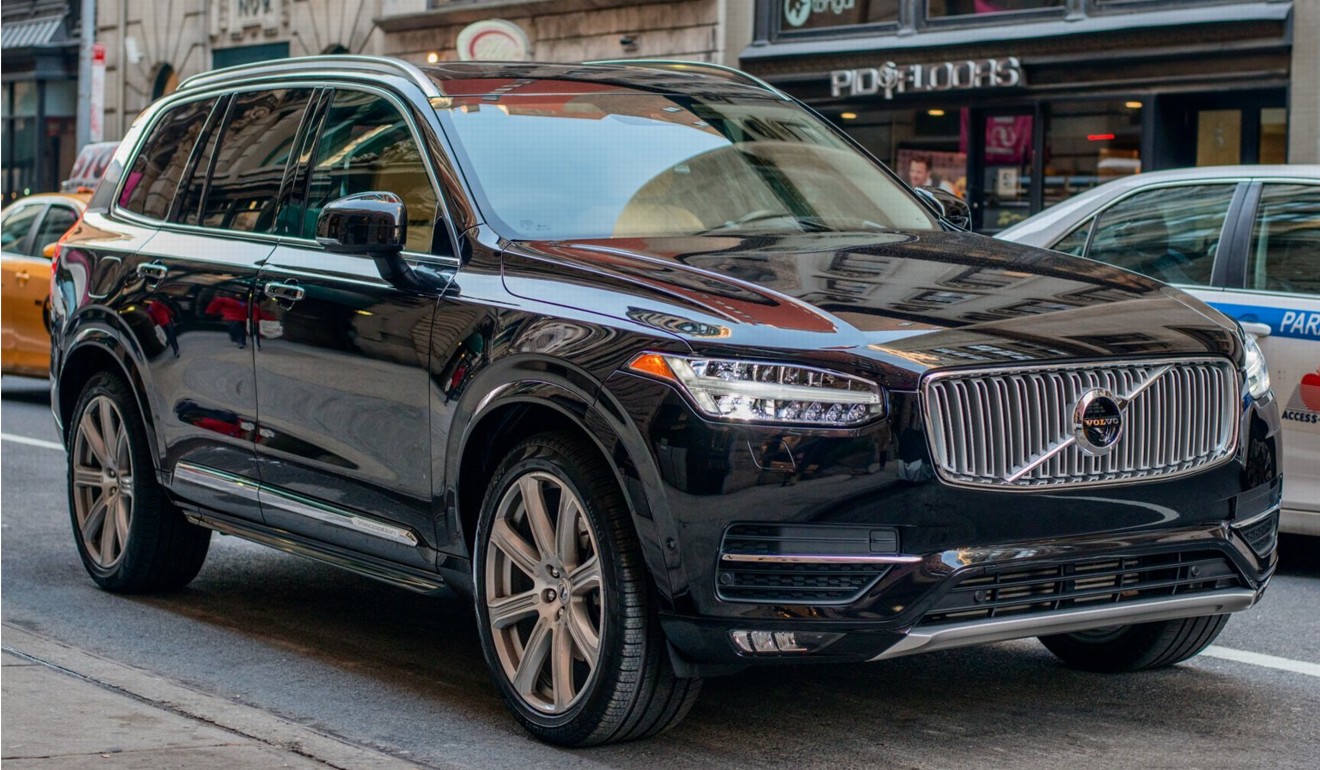
Aesthetically, the XC90 is simply stunning. It exudes effortless style and elegance. The Volvo’s “Thor’s Hammer” headlights are the car’s stand-out design feature.

The XC90’s rear-end includes dual exhausts and vertical tail lights – a design feature carried over from the first-generation model.
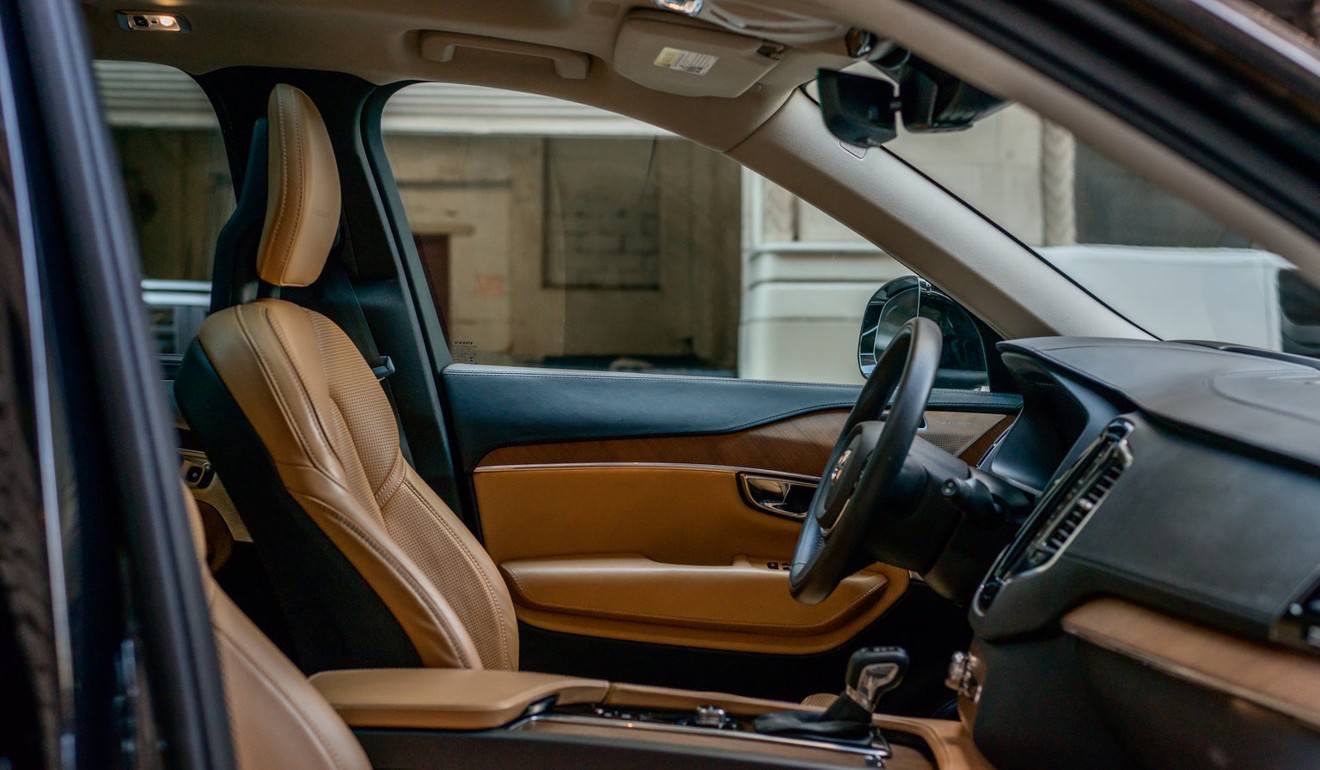
Inside, the Volvo continues to impress. The XC90 pushes the boundaries of Swedish luxury.
The cabin feels plush and is beautifully appointed.
At the same time, it feels warm and welcoming. It's a space meant to be lived in.

The XC90’s cabin is adorned with beautiful details like the machine metal starter switch and fine-stitched leather.
The quality of the materials from the leather upholstery to the wood accents is as good as anything the British and the German carmakers can do.
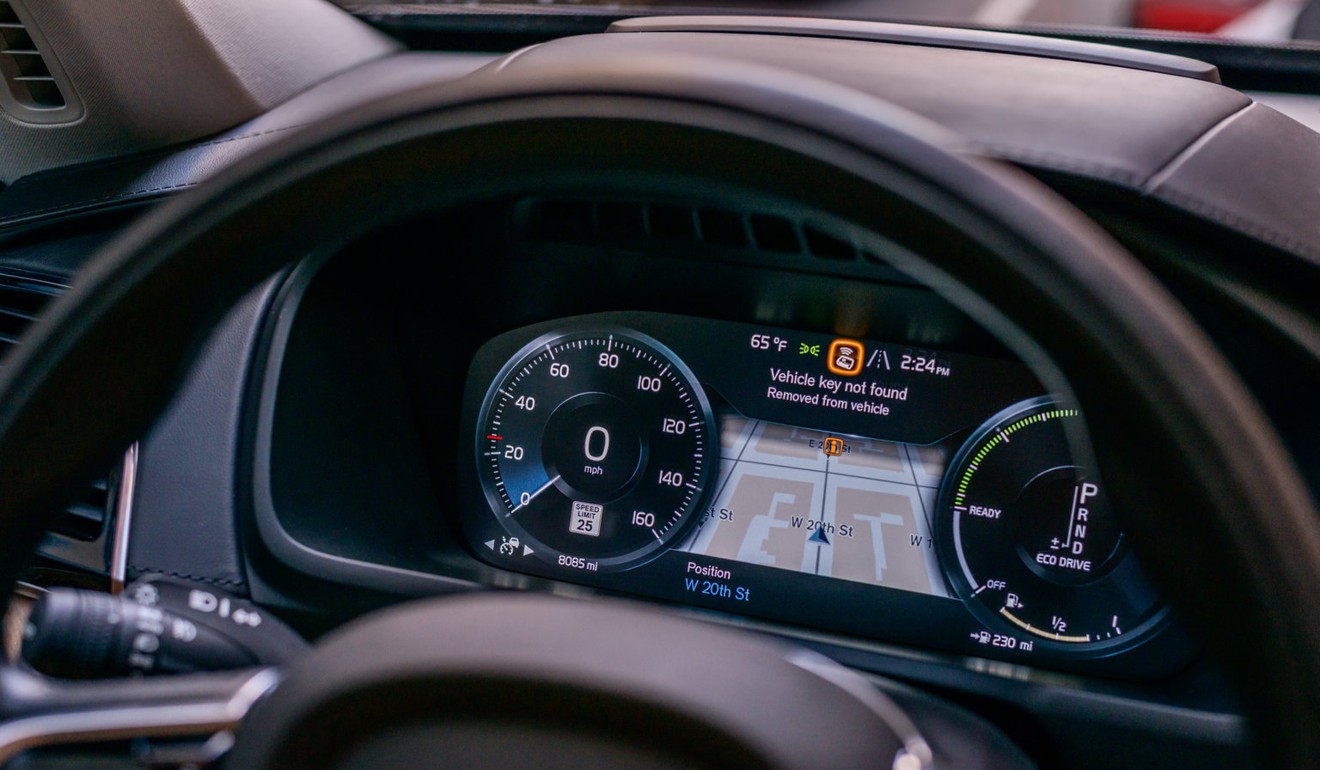
And then there is the driver’s “cockpit”.
Immediately in front of the driver is a 12.3-inch (31-centimetre) configurable digital instrument cluster.
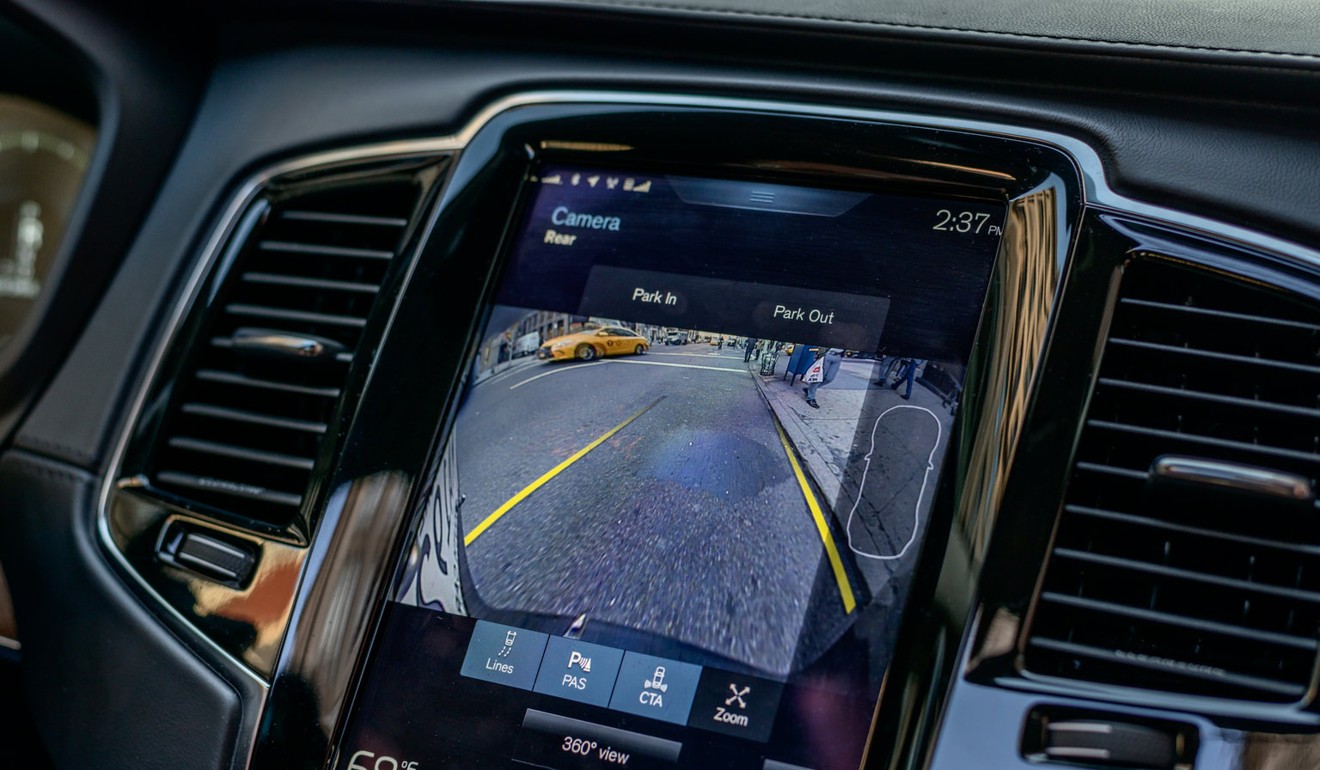
Since it’s a Volvo, the XC90 is also packed with safety technology including Volvo On-Call emergency assistance, a heads-up display, City Safety technology with collision mitigation and pedestrian/cyclist detection and Run-Off-Road mitigation.
There’s also adaptive cruise control, surround-view cameras, and headlights that bend around corners.
The car’s central screen monitor feels cluttered and the user interface is far from intuitive ... we spent too much time hunting around for the function we needed
The centre stack of the car is dominated by a nine-inch tablet-style touch-screen infotainment display.
Unfortunately, the overall infotainment experience was not great.
Volvo’s new generation infotainment system is packed with content and capabilities.
The system will do everything from track your driving habits to mimicking the acoustics of the Gothenburg Concert Hall.
However, the screen feels cluttered and the user interface is far from intuitive. Even after experiencing the system in several new Volvos, we still spent too much time hunting around for the function we needed.
On the bright side, the screen quality is top notch and the graphics are crisply rendered.
The optional Bowers & Wilkins sound system is also one of the best in the world.
The XC90 is also a capable people-and-luggage carrier. It can seat up seven passengers and boasts up to 85.7 cubic feet (2.4 cubic metres) of boot space with the rear seats folded down.
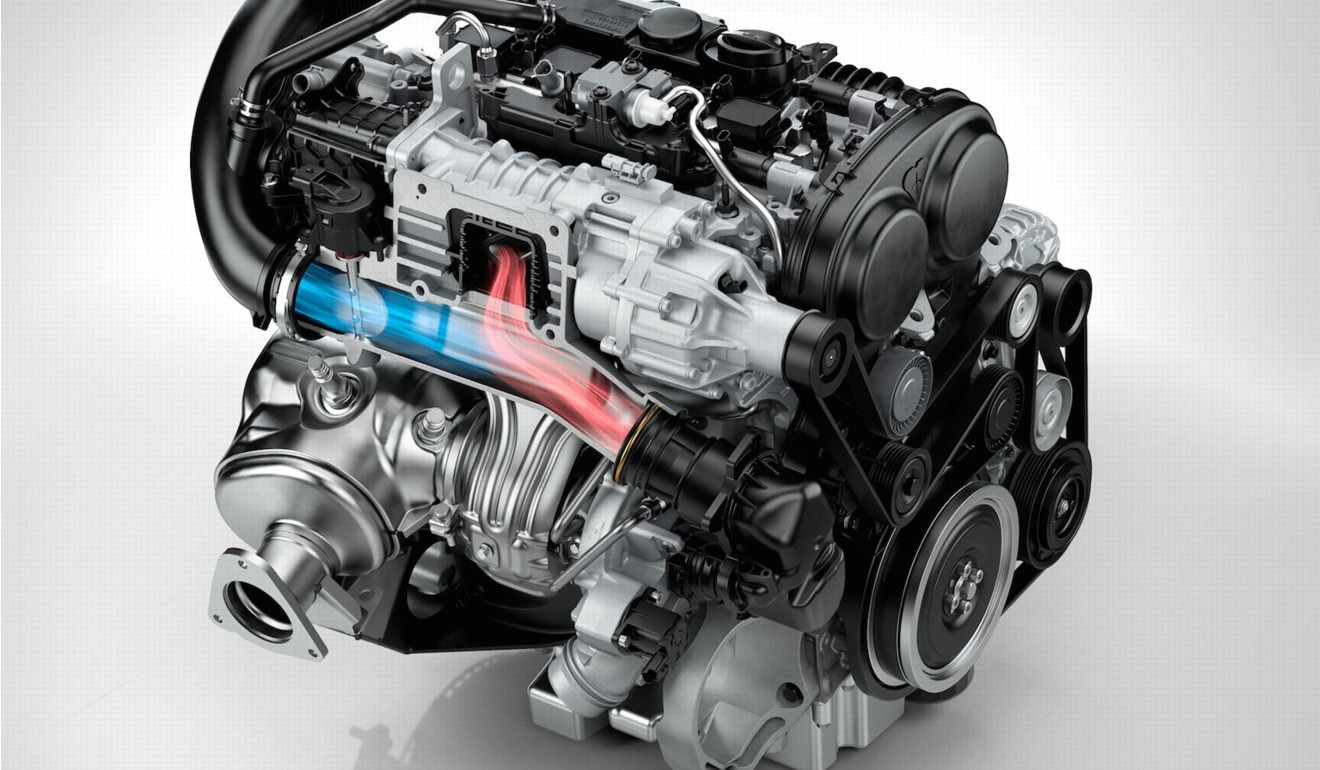
Under the bonnet of all XC90s is Volvo’s Drive-E four-cylinder engine.
The Drive-E is Volvo’s new generation do-it-all engine.
Our T6 test car was powered by a two-litre, 316 horsepower version of the four-cylinder engine that’s turbocharged and supercharged.
The base T5 is powered by a 250hp version of the engine that is only turbocharged.
The top-of-the-line T8 hybrid adds electric motors and a battery pack to the equation.
In total, the T8 produces 400hp with a virtual all-wheel-drive system that uses internal combustion to power the front axle and electric motors to power the rear.
So, what is it like to drive?
The Volvo XC90 is a capable performer on the road. According to Volvo, the T6 can accelerate from 0 to 60 miles per hour in a stout 6.6 seconds and reach a top speed of 130mph.
The T8 hybrid is even quicker, with a 0-60mph time of only 5.3 seconds.
However, the XC90 is far from a performance machine.
Everything about its driving dynamics screams solid, but not spectacular.
The twin-charged engine is more than capable of hustling this 4,800 pound (2,150kg) SUV around, but lacks the power of a larger-engine vehicle.
The XC90 offers a comfortable and compliant ride, while the steering is quick, but feels rather numb and uncommunicative.
Audi Q7
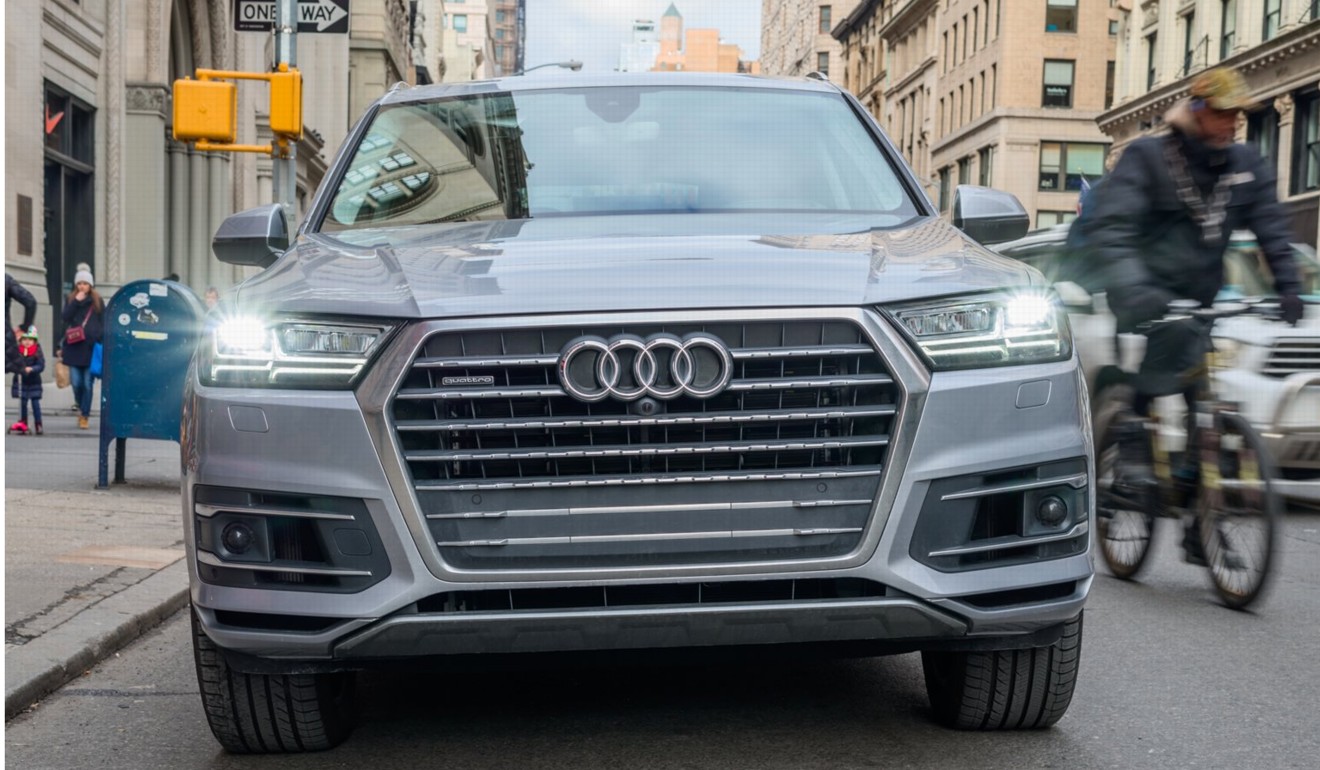
The Audi Q7 costs US$49,900 for the basic four-cylinder Premium trim level.
Since all-wheel-drive is standard on the Q7, its pricing is on par with the base all-wheel-drive XC90 which starts at US$49,100.
The test vehicle, with the top-of-the-line V6 Prestige trim costs from US$65,400.
Aesthetically, the Audi Q7 is handsome and understated, but it lacks the elegance of the Volvo XC90
Aesthetically, the Audi Q7 is handsome and understated, but it lacks the elegance of the XC90.
Yet inside is where the Audi Q7 really comes to life.
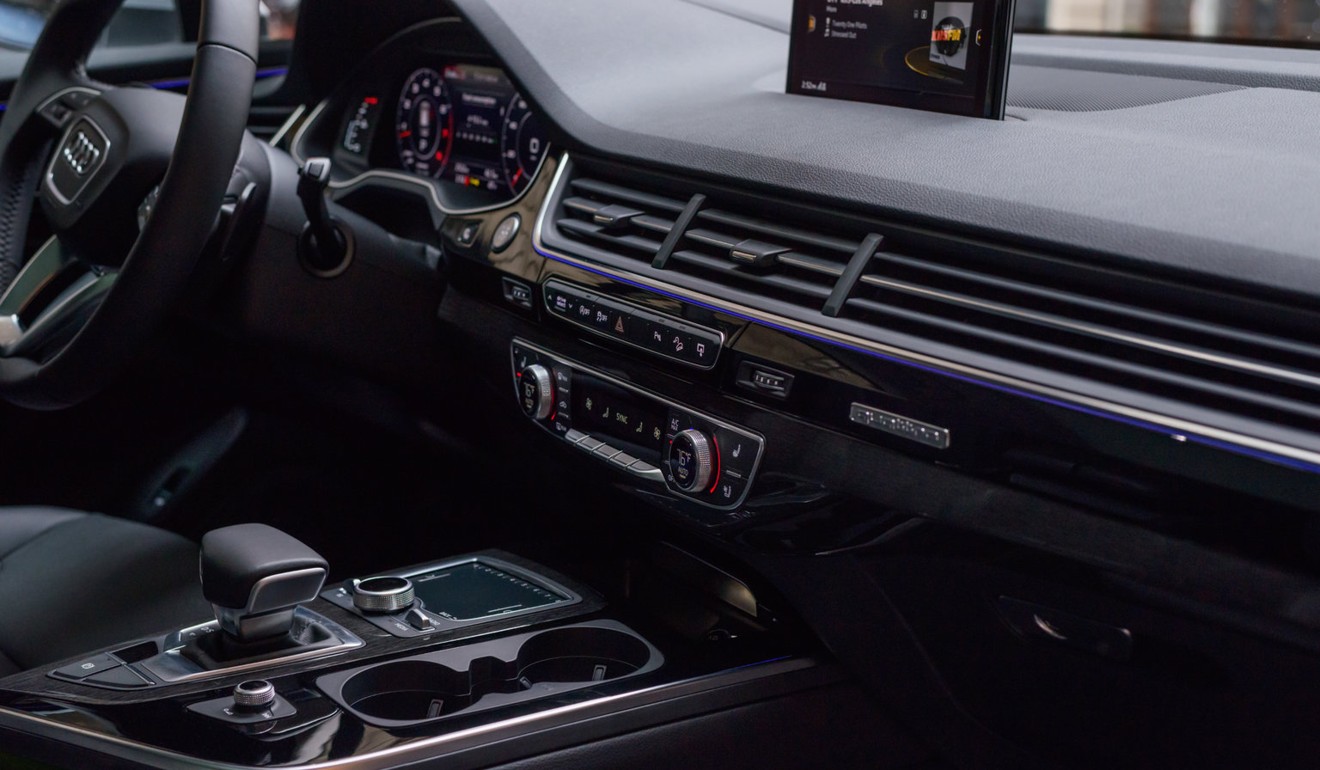
Even though Audi is the master of minimalist interior design, there’s actually a lot going on inside the Q7.
Just look at the air vents in the picture above, which run the entire length of the dashboard and the metallic accents around all of the edges.

In spite of the stylish looks, the Q7 boasts near faultless ergonomics.
Almost every button and switch is where it should be.
Our only gripe with respect to cabin ergonomics is the placing of the adaptive cruise control stalk which can be found on the lower left-hand side of the steering column.
Even though the adaptive cruise control works well, the location of the controls forced us to take our eyes off the road when adjusting the system.
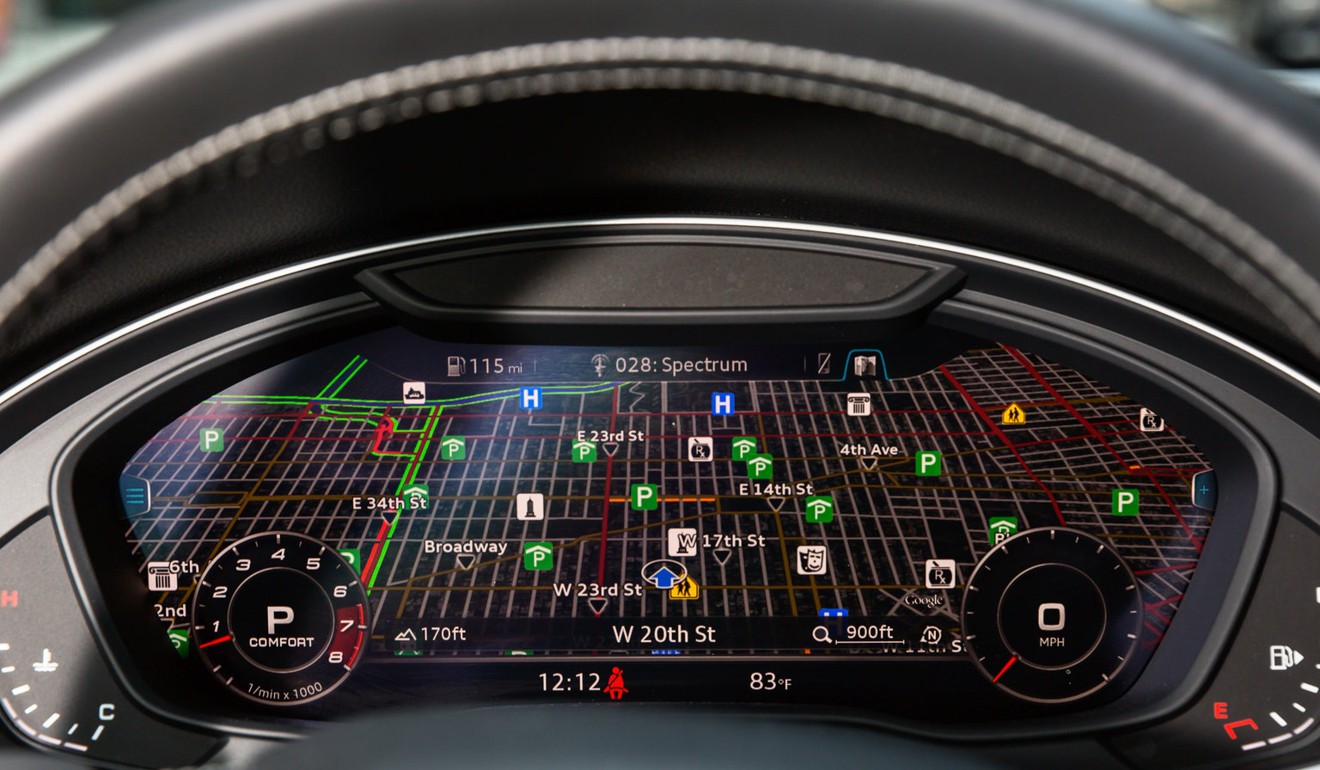
Like the XC90, the Audi is equipped with a configurable 12.3-inch digital instrument display.
Except, here, it’s part of Audi's virtual cockpit.
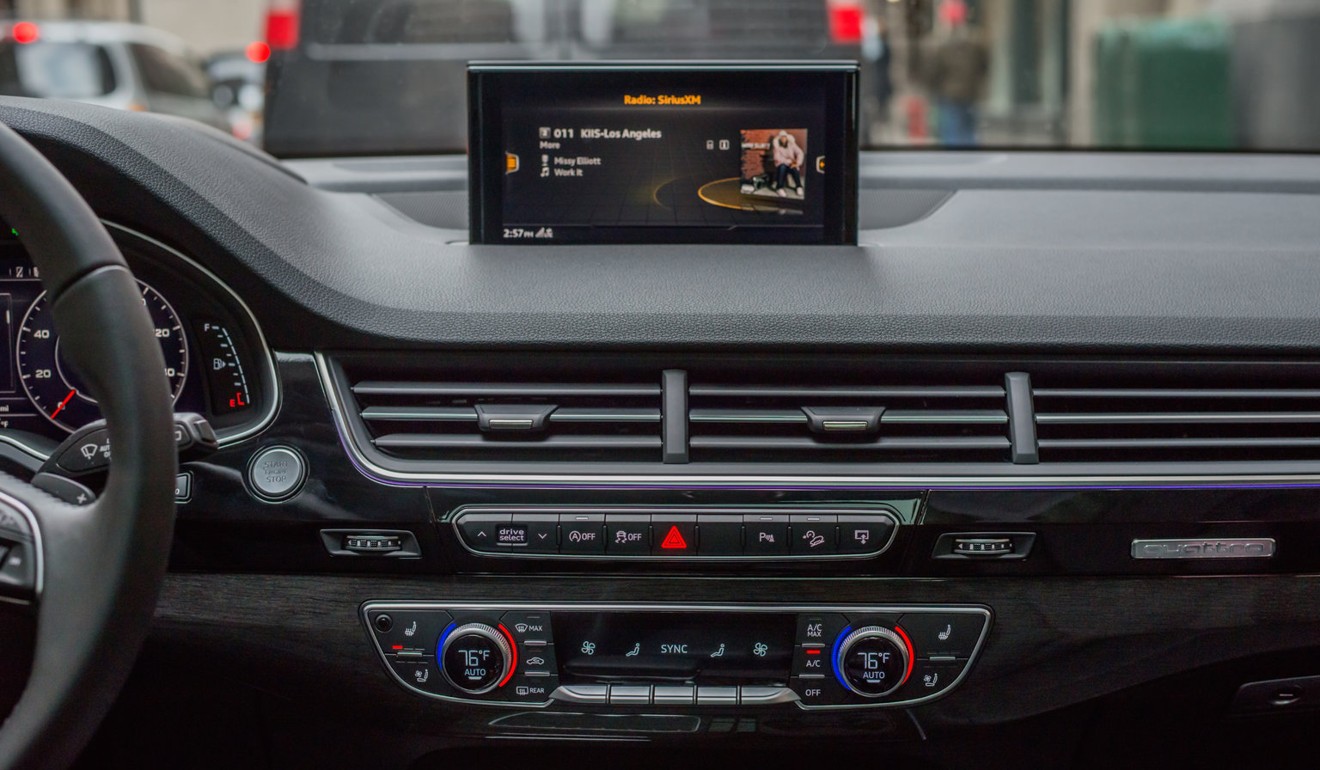
The car features an 8.3-inch thin-film-transistor (TFT) infotainment display, which can retract into the top of the dashboard.

Instead of using a touch screen, Audi uses a rotary dial controller and a touchpad.
It’s a rather elegant and effective input system. We usually aren’t huge fans of touch pads, but it works relatively well here.
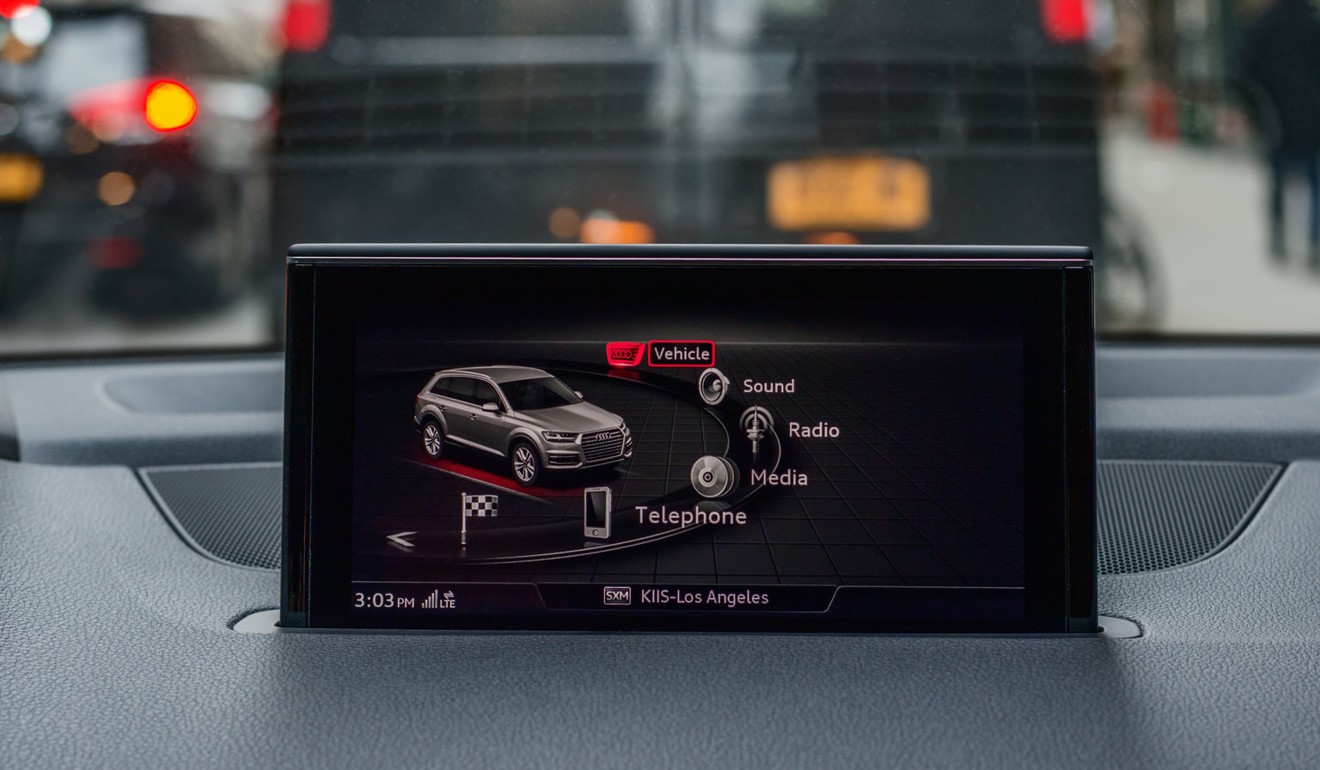
Audi’s MMI infotainment system is responsive, intuitively organised and packed with content. There really isn’t anything wrong with it.
The Audi Q7 is loaded with a comprehensive suite of technological goodies befitting a luxury SUV of its calibre.
The Q7 is available with adaptive cruise control, a heads-up display, lane-keep assist – which is supposed to gently steer you back into your lane if you start to drift – night vision, collision mitigation, parking assist, and a 558-watt, 19-speaker Bose sound system.
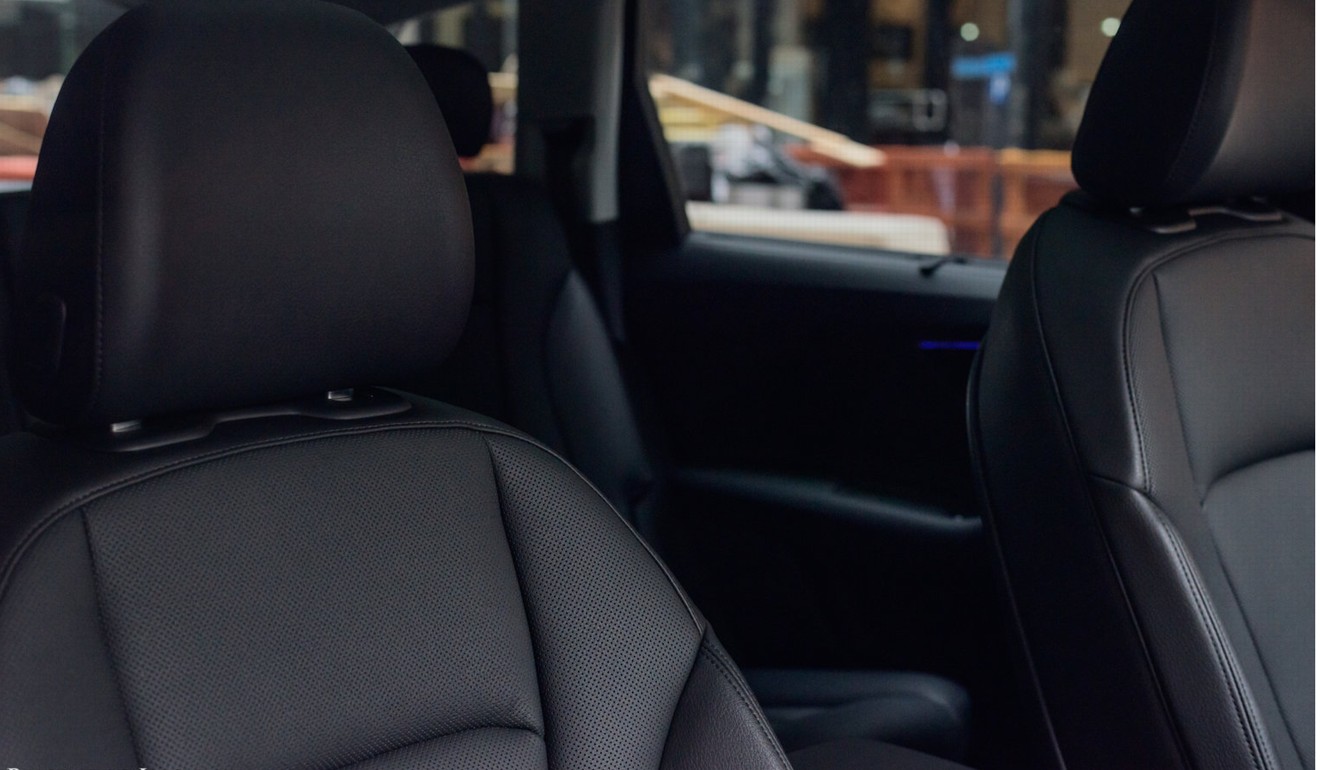
The car has seating for seven people inside Audi’s mood-lighting-drenched cabin.
However, the two passengers right at the back in the third row will need to be quite small.
Overall, the cabin is best described as stylish yet business-like.
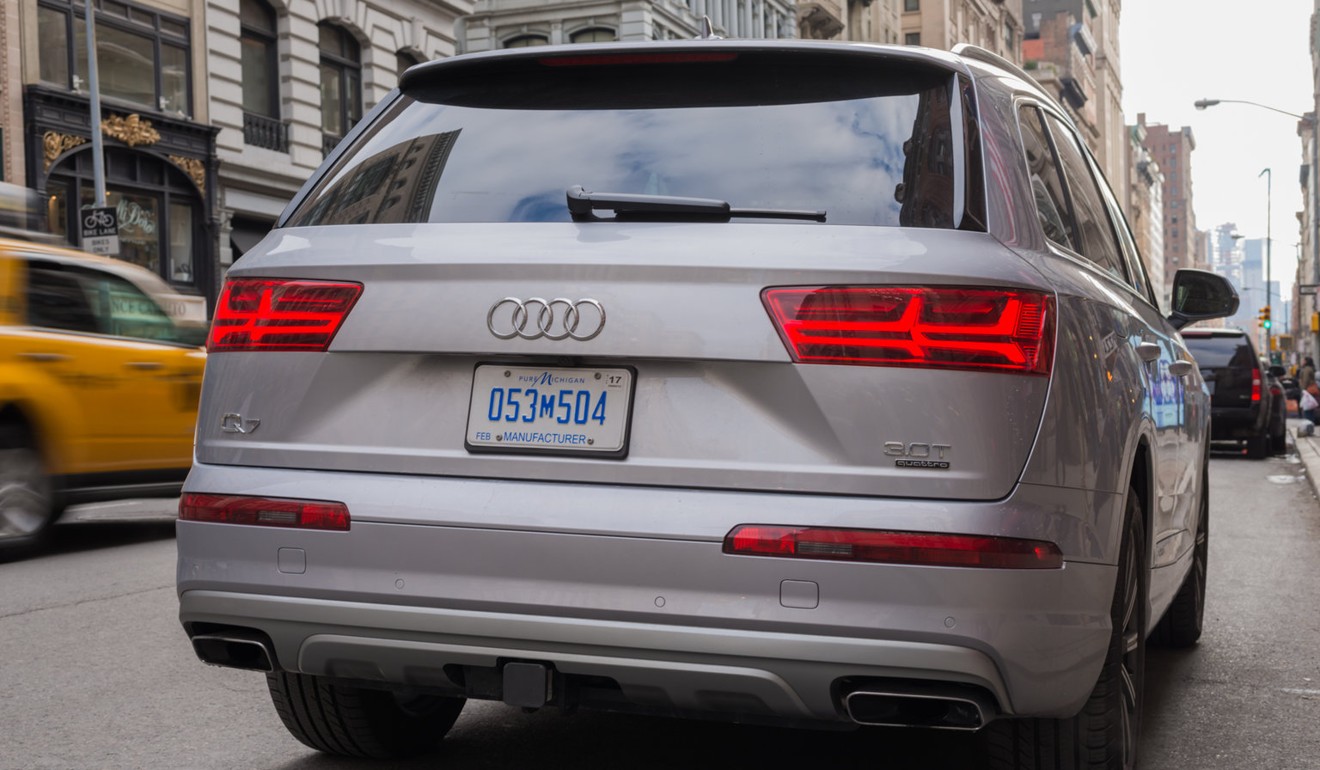
Open up the boot and you’ll find 71.6 cubic feet of cargo room which is significantly less than the XC90.
The base Q7 is powered by a VW-Group two-litre, 252 horsepower, turbocharged, in-line-four cylinder that’s shared with a host of models including the Audi A4, Q5, and the Porsche Macan.
Our top-specification test car was powered by a three-litre, 333 horsepower, supercharged V6.
Both engines are hooked up to an eight-speed automatic and quattro all-wheel-drive.
Our driving impressions
The Audi Q7 is one of the best-driving large crossovers on sale today.
According to Audi, the V6 Q7 can accelerate from 0 to 60mph in only 5.7 seconds and reach a top speed of 130mph.
The turbo four can speed to 60mph in a respectable 7.1 seconds.
We came away impressed with the Q7’s poise and performance.
Audi's superior driving dynamics and infotainment system helped the Q7 to edge out the XC90
With the Audi Drive Select toggle set to Dynamic mode, the Q7 can legitimately be called sporty. Engine power is easily accessible and acceleration feels brisk.
It certainly feels a lot lighter than its 4,916-pound weight would indicate.
The steering, although a bit on the numb side, proved to be communicative enough to make spirited driving fun. The chassis felt really well balanced for a big SUV, too.
Our verdict.
And the winner is ... the Audi Q7.
We were impressed by the comfortable ride, confident steering, strong engine performance, near-faultless ergonomics, beautifully crafted interior and the best infotainment system in the business.
Everything about the Q7 feels solid and composed – just what you want in an SUV.
This does not detract from the magnificence of the Volvo XC90.
Its stunning sheet metal certainly beats the Q7 in the looks department and its larger dimensions means it is better for carrying large loads.
However, Audi’s superior driving dynamics and infotainment system helped the Q7 to edge out the XC90.
The Audi Q7 really is the luxury SUV perfected: there is very little wrong with it.
Honestly, I’d spend my own money on the Audi Q7. It’s that good.
The article was originally written by Benjamin Zhang for Business Insider
Want more stories like this? Sign up here. Follow STYLE on Facebook, Instagram and Twitter

Both stylish vehicles offer refined interiors, plenty of space for passengers and luggage and impressive power and acceleration ... but there’s only one winner